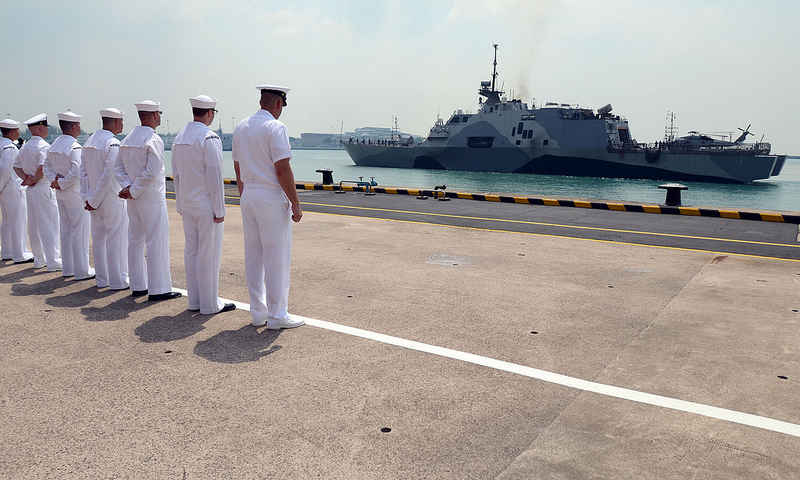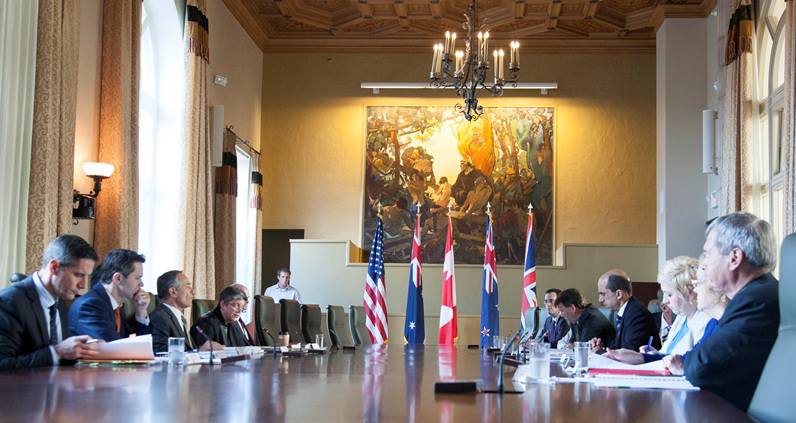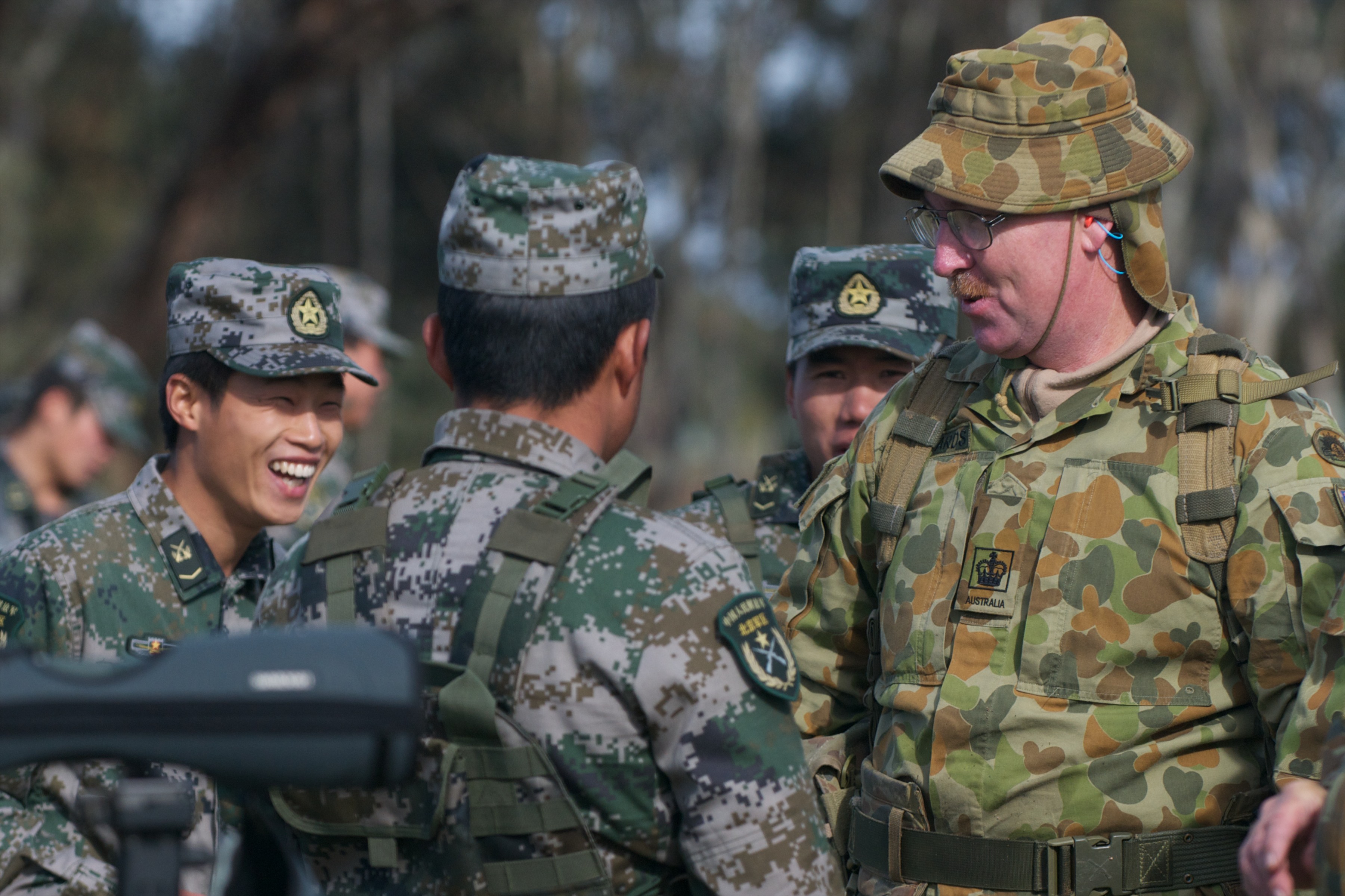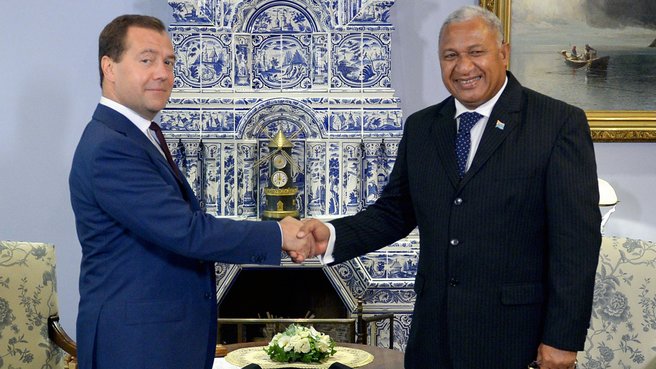Anglosphere Ways of War and the Asian Century (part 1)
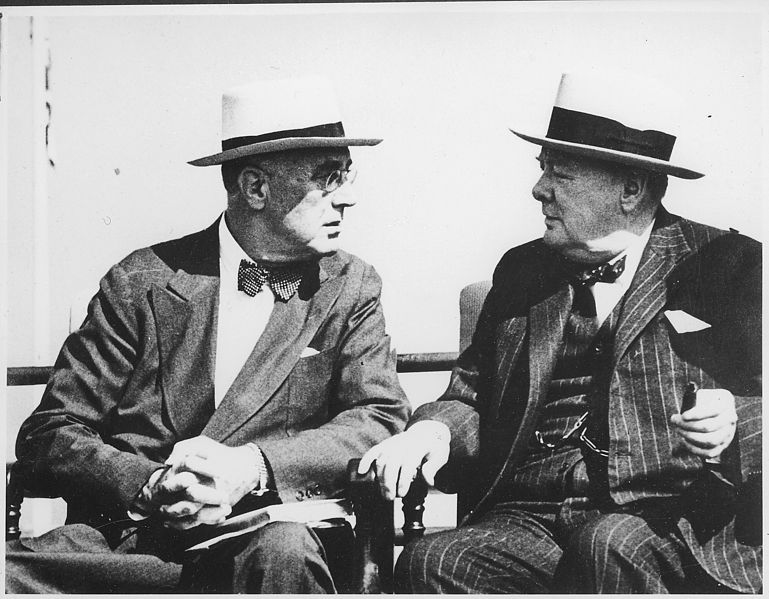 Consider this definition of the ‘Ways of War of the Anglosphere’ as the workings of a military and maritime mindset, powering a methodology that has fundamentally shaped the globe:
Consider this definition of the ‘Ways of War of the Anglosphere’ as the workings of a military and maritime mindset, powering a methodology that has fundamentally shaped the globe:
The Anglosphere, the group of countries where English is the native language of a substantial majority of the population and where social values and culture are largely shaped by Anglo-Saxon values, remains an important fact of world politics. Canada, Australia and New Zealand fought alongside Britain in both world wars from start to finish; all the English-speaking nations fought in the Cold War as well. Australia is the only country in the world which sent military forces to fight side by side with the Americans in the Korean War, the Vietnam conflict and the two wars with Iraq. Read more





